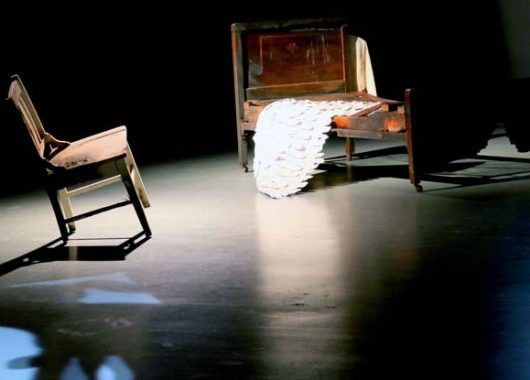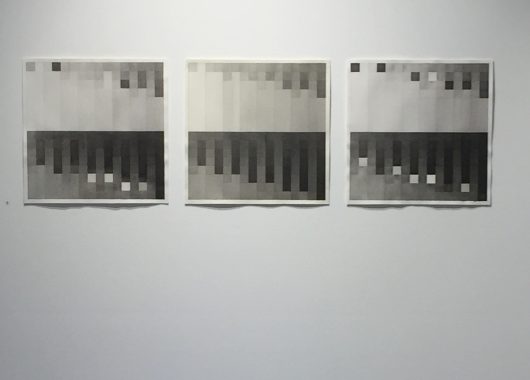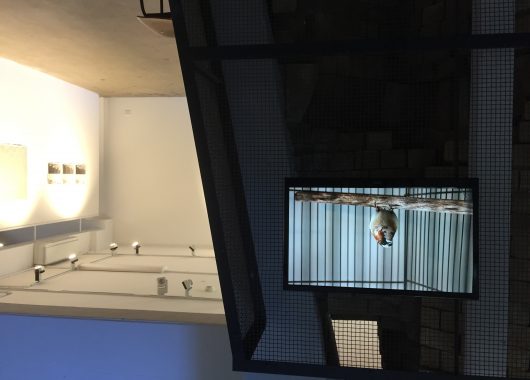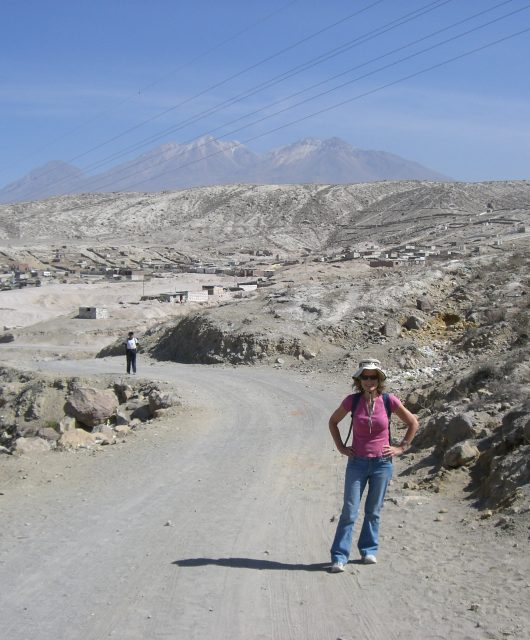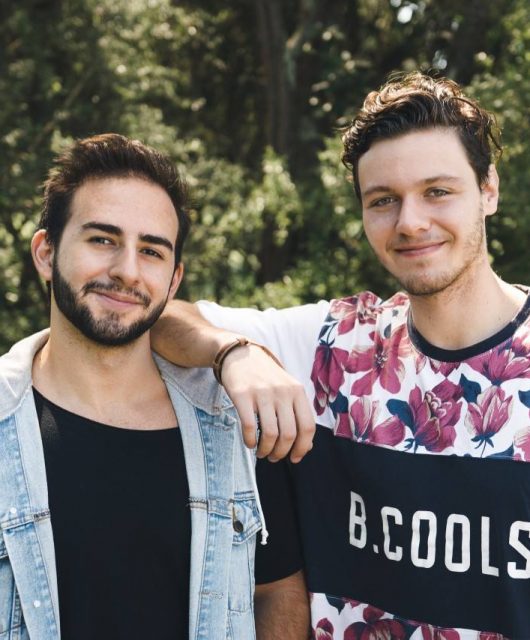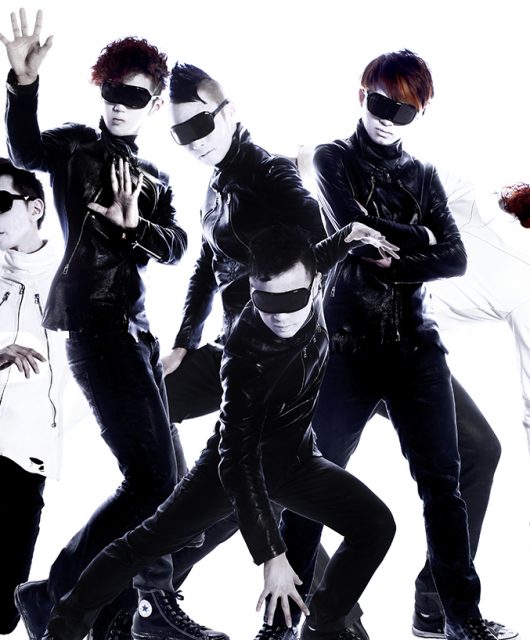The existential questions of life have always been a fascination for humans. Sasanki Tennakoon writes that “It is a guaranteed and inevitable truth from the day we were born”. With a curiosity to explore, two artists from completely different backgrounds join forces to explore these concepts. In their first exhibition, Terhi Hakola and Paula Ngu explore these existential questions of life, creating a space where viewers contemplated on the fragility of life and the potential for renewal.
Terhi captures those intangible feelings of loss and hope, navigating through the existential mortality of humans, one that is mythical in nature. Her entire career as a general practitioner integrates into her art, where a multitude of life stories that she has encountered is weaved into her works.
Yet in contrast, Paula Ngu’s approach is different to Terhi’s emotional and dramatic work. Paula’s art is minute, detailed and is a microcosm of the daily tasks that sum up our lives. She deals with the mundane, a representation of the norm of our every lives. Through her 20 + years of experience as a computer programmer, Paula intersects programming and art, the logical and the philosophical into a hybrid form. Her pieces are a reflection of life and how one must slow down, take a break from all the hassles in life to perhaps discover something that you’ve never noticed.
Tony from ECX Magazine visited the exhibition in the Incinerator gallery and had an insightful conversation with the two artists.
How did Mundane and Myth come together?
Terhi: The inspiration for this theme came when we started to think about doing an exhibition together which was about a year ago. We realised that our work is very similar thematically, focusing on existential questions in life such as mortality and impermanence.
My approach came from a more mythical infused, cathartic and emotional side, where you can weave a story to my work. It is full of drama and emotion that explores the myth of life.
Paula: Yes, we had met each other in our art residency a couple of years ago but we didn’t have much to do with each other yet. Soon after, whilst working together, we discussed the similar themes we wanted to explore in our art and that led us to each other.
Instead of myth, my art references the mundane. My work was driven by ideas of fragility and impermanence in life and to create a contemplative viewing experience for the people.
I can see that your careers have very much moulded into your art.
T: I think all my life, I have been interested in people’s lives and stories. When I was a GP, you encounter so many different life stories from the various people you meet, their gains and losses. As a medical practitioner, I witnessed both the ordinary and extremes of death, pain, fear but also of hope and birth.
For a long time, I was struggling to find that medicine and science were close to art. Only recently I have found that they are not that far apart. If you look at life from both angles, they are trying to find answers in different perspectives.
P: I was a programmer for over 20 years and it has developed an order inside of me when I create my works. When I first started to study art, it was very figurative. Then as time goes by, you start to see a different picture. I’ve now begun to merge the two sides of me, the programming side and then the art side.
So this programming led to the formation of your style?
P: Yes, I think for me, I was getting bored of the routine, the programming and it all became mundane for me. I was just searching for something more exciting to do, something more to life than just programming. Gradually I came up with this method, a very abstract, monochromatic work which is a hybrid between my two backgrounds of programming and art.
In contrast, your works are really dramatic, what inspires you to do that?
T: My works are very traditional, filled with storytelling and Scandinavian mythology. As an artist, I love working with mixed media such as installation, video, and animation. Painting has only recently come back to me.
My work ‘Every Angel Is Terrifying’ is an example of the way I piece a story through my work. It was a time when many people close to me fell ill and passed away. It just felt like a strong symbol to use.
There is also something about beds. People are born in beds, they die in beds, they go through their life in beds. It signifies so much of our lives.
I think that’s where it started. I kind of wanted to transform it into a force, which then became a fire. I wanted to do something with the bed to show that there is an actual transformation so I lit the bed on fire. I guess in a way that represents the dramatic style I have, the urge to create a story.
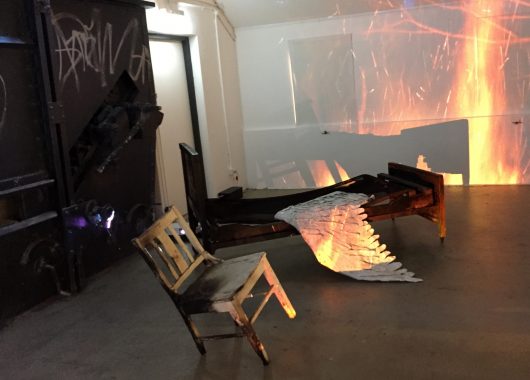
For Mundane and Myth, what did you want people to see out of your work?
P: In the mundane, I reference those who are going through everyday life in their daily routine. They go through their routine like a continual norm but sometimes they miss out on the minute yet beautiful details. When you start to slow down, take a break from your day to day life, you start to notice, be aware of things and even view things from a different perspective.
For example, I saw a scenery that was very normal and it wasn’t particularly special. But when I came back a few days later, I started to see the notable differences, the beauty, the special textures of that scenery. I guess you need to slow down in order to witness it. I hope people can contemplate, slow down and reflect. When you do that, you can find beauty in small details you’ve never noticed before.
T: It’s very much up to open interpretation for the people who see my work. I wanted to create a space where people can relax and take a break from their day to day life. They can use it as a time to to get in touch with themselves, to think about things. Hopefully, my work can help others reflect the human experience and create a place for connection and possibility.
Now that your exhibition is coming to a close, what’s coming in the future projects?
P: For me, I will explore more of what I do, which is the hybrid between computer programming and art. I call it data doodling, where computer generated art combines itself with existing practices of painting. I know this will blur the line, between what’s art and what’s computer art. But I’m planning to explore this idea, so in a sense, I am excited about programming again but for a completely different reason.
T: My next project might focus on home, belonging and immigration and the meaning of these subjects. Having come from Finland, I want to explore that as I moved here. I’m fascinated by narratives in a way that doesn’t lead anywhere, there are questions in the world that don’t have answers.
I am also planning to present an experience that expands from the mere gallery world and is exclusive for people, so that is in the works as well.
After our conversation, ECX no doubt look forward to the upcoming works by Terhi and Paula. One thing remains constant after understanding their works. Slow down, take a deep breath and just take a moment to think and maybe you’ll find something special no matter if it’s big or small.
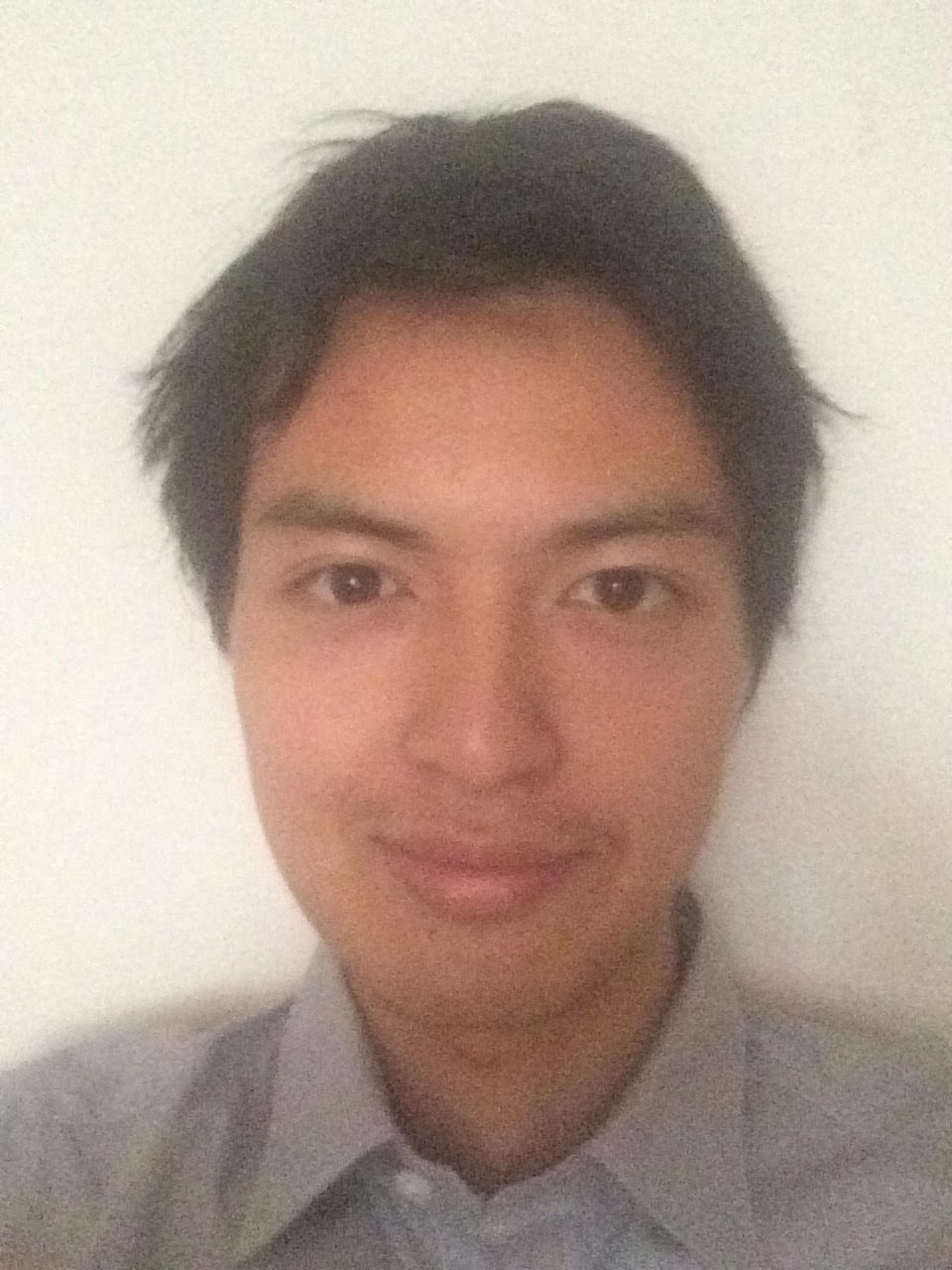
Journo for ECX Magazine
